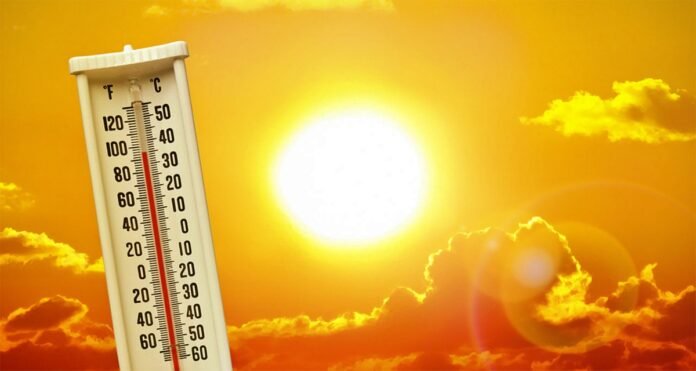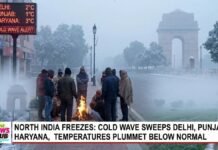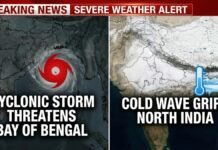
New Delhi: The winter season is not over yet and the worry of summer has started troubling. In 7 states of the country Punjab, Odisha, Himachal Pradesh, Rajasthan, Gujarat, Chhattisgarh, and Jharkhand, the maximum temperature has already reached that level, which is recorded in the middle of March. With the above-normal maximum temperature being recorded in these seven states, it is predicted to be extremely hot this year.
If you look at the figures of the Meteorological Department, the month of March will also be hotter than normal and people will have to worry about the scorching heat in most parts of India. According to a Hindustan Times report, such high temperatures mean that seven states have experienced mid-March maximum temperatures at least once in the past week.
A total of 17 states were warmer than normal
The Indian Meteorological Department (IMD) had already stated that the average maximum temperature recorded in Odisha and Himachal Pradesh used to occur on March 18 during 1981-2010. The same pattern was observed in Gujarat and Rajasthan on March 17, Chhattisgarh on March 15, Punjab on March 12, and Jharkhand on March 14.
Whereas in 10 other states Uttarakhand, Haryana, Delhi, Uttar Pradesh, Madhya Pradesh, Maharashtra, Karnataka, Andhra Pradesh, Telangana, and West Bengal, at least one day in the last week and a maximum of about two weeks ahead (end of February) Was.
Will March be hot too?
If we look logically at the figures of IMD, it is clear that in February itself it is as hot as March, so it is clear that the month of March can be much hotter than normal. Since 1951, the month of February has been warmer than normal in 39 years, and in 27 of these years, March has been extremely hot.

However, there is no strong correlation between the temperature deviations in these two months. In fact, the three warmest February months ever followed (2006, 1960, and 1967) had a cooler-than-usual March, which means it’s time to stop pressing the heat panic button.
Rabi crops can be damaged
One of the major reasons for early summer this year is the lack of rain in winter this year. According to the IMD forecast released on February 16, no respite is expected from this heat in most parts of the country even in the next two weeks.
If these trends do not change, then this year’s rabi crops, especially wheat, can have a significant adverse effect. The early summer will also be harmful to the wheat crop, as Punjab is also one of the states with the maximum temperature these days.





















































